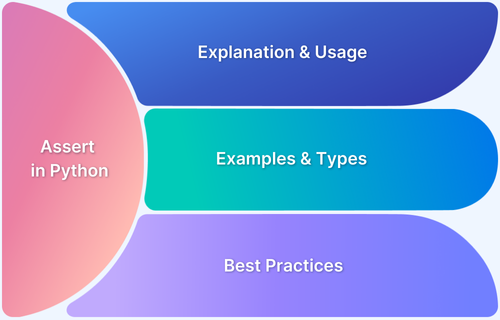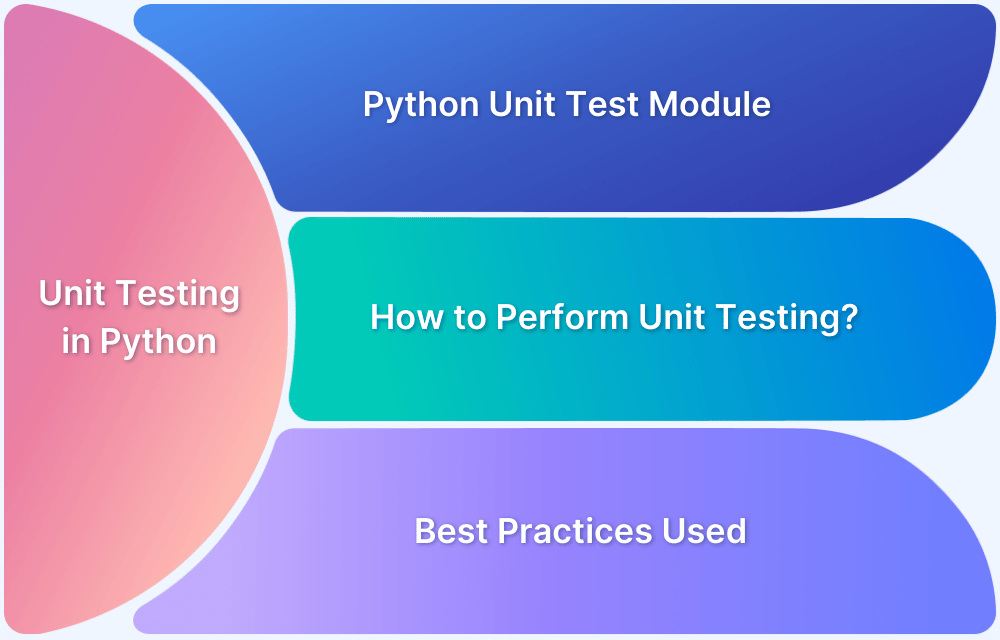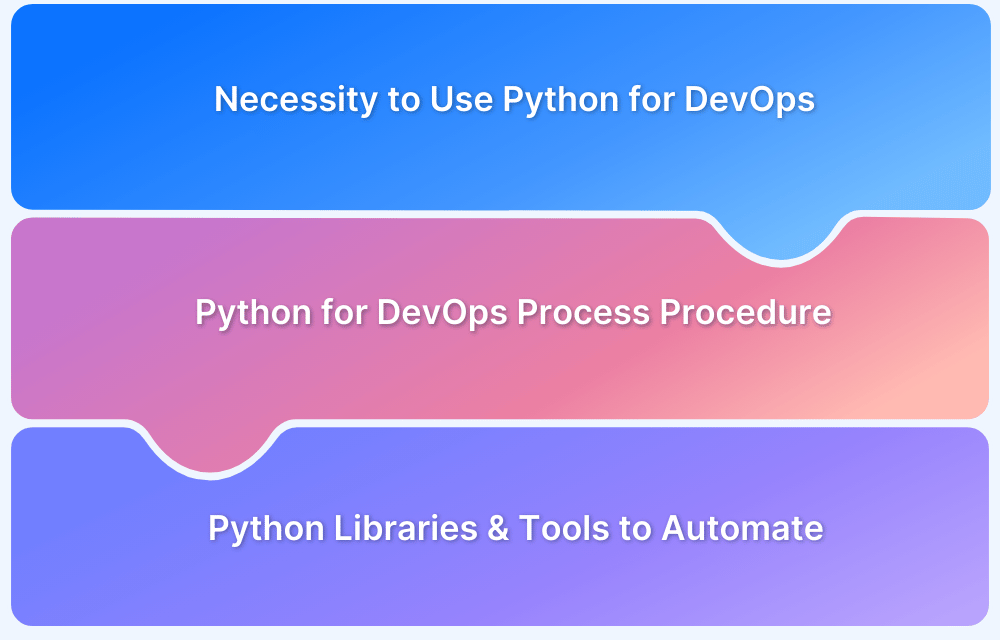Python‘s assert statement is a powerful tool that helps developers ensure the correctness of their code.
Overview
What is Assert in Python?
The assert statement checks if a condition is True. If not, it raises an AssertionError. It helps debug and validate assumptions during development.
When to use Assert in Python?
- Debugging and catching logical errors during development
- Ensuring function inputs meet expected conditions
- Validating intermediate states in complex calculations
- Used in test cases for quick sanity checks
Avoid using assert for runtime checks in production, as Python’s optimization mode (-O) removes assertions.
Different Types of Assertions in Python
- Value Assertions
- Type Assertions
- Collection Assertions
- Exception Assertions
- Boolean Assertions:
This article delves into the concept of assert in Python and explores how it can be utilized effectively.
What is Assert in Python?
In Python, the assert statement is a built-in construct that allows you to test assumptions about your code. It acts as a sanity check to ensure that certain conditions are met during the execution of a program.
The assert statement takes the following syntax:
assert condition, message
Here, the condition is the expression or condition that you want to test, and the message is an optional string that provides additional information about the assertion.
When the assert statement is encountered, it evaluates the given condition. If the condition is true, the program continues its execution without any interruptions. However, if the condition is false, the assert statement raises an AssertionError exception.
When to use Assert in Python?
The primary purpose of using assert statements is to detect logical errors and invalid assumptions in your code. It allows you to explicitly state what you expect to be true at a particular point in your program. If the condition is not met, an AssertionError is raised, indicating that something unexpected or incorrect has occurred.
Using assert statements can be a helpful debugging technique, allowing you to catch and address issues early in the development process. However, it’s important to note that assert statements are typically disabled in production code for performance reasons, as they incur a slight overhead.
Read More: Python For DevOps: An Ultimate Guide
Assert in Python: Example
Here’s an example to demonstrate the usage of assert in Python:
def calculate_average(numbers): assert len(numbers) > 0, "List must not be empty" total = sum(numbers) average = total / len(numbers) return average data = [5, 10, 15, 20] result = calculate_average(data)
In this example, the assert statement checks if the length of the numbers list is greater than zero. If the list is empty, the assert statement raises an AssertionError with the specified message. This ensures that the function is not called with an empty list, which would lead to a division by zero error.
Read More: Unit Testing in Python: Detailed Tutorial
Different Types of Assertions in Python: Examples
In Python, there are different types of assertions that can be used to check various conditions and validate assumptions. Here are some commonly used types of assertions:
1. Value Assertions
Value assertions in Python are used to check whether a certain value meets specific conditions or criteria. These assertions are typically used for debugging and testing purposes. They help ensure that the values being used in the program are as expected. If an assertion fails, an AssertionError is raised.
Examples
assert x == 5:
Checks if the value of x is equal to 5.
assert len(my_list) > 0:
Ensures that the length of my_list is greater than 0.
assert result in expected_results:
Verifies if result is present in expected_results.
2. Type Assertions
Type assertions are used to verify the type of a variable or expression. They ensure that the expected type is matched, otherwise, an AssertionError is raised. Type assertions are particularly useful when working with dynamically typed languages like Python, where the type of a variable can change.
Examples
assert isinstance(x, int):
Validates that x is an instance of the int type.
assert isinstance(my_list, list):
Checks if my_list is of type list.
3. Collection Assertions
Collection assertions are used to verify properties of collections, such as lists, tuples, sets, or dictionaries. These assertions allow you to check if a collection contains specific elements or satisfies certain conditions.
Examples
assert item in my_list:
Verifies if item is present in my_list.
assert key in my_dict:
Ensures that key exists in my_dict.
4. Exception Assertions
Exception assertions are used to test whether a specific exception is raised or not. They are commonly used in unit tests to ensure that exceptions are handled correctly in code.
Examples
assert_raises(ExceptionType, my_function, arg1, arg2):
Checks if my_function raises an exception of type ExceptionType when called with arg1 and arg2.
assert_raises(ValueError, int, 'abc'):
Validates that int(‘abc’) raises a ValueError.
5. Boolean Assertions
Boolean assertions are used to check the truthiness of a condition or expression. They ensure that a certain condition evaluates to True, otherwise, an AssertionError is raised.
Examples
assert condition:
Evaluates the truthiness of the condition.
assert x > y:
Checks if x is greater than y.
These are just a few examples of the different types of assertions that can be used in Python. Depending on the specific requirements and context of your code, you can utilize these assertions to validate conditions, check types, verify values, handle exceptions, and ensure the expected behavior of your program.
Best Practices to Use Assert in Python
When using the assert statement in Python, it’s important to follow some best practices to ensure effective and efficient usage. Here are some recommended practices:
Best Practices to Use Assert in Python:
- Use Assert for Debugging and Development
- Keep Assert Conditions Simple
- Provide Informative Error Messages
- Use Assertions to Document Assumptions
- Enable Assertions During Testing
- Consider Defensive Programming Techniques
- Don’t Rely on Assertions for Input Validation
- Use assert for debugging and development: assert statements are primarily intended for debugging purposes and validating assumptions during development. They help catch errors and provide feedback on unexpected conditions. It’s generally recommended to disable assertions in production code to avoid unnecessary performance overhead.
- Keep assert conditions simple: The conditions in assert statements should be straightforward and easy to understand. Complex expressions or functions with side effects should be avoided, as they can introduce confusion and potential issues. Stick to simple checks that validate the expected behavior of your code.
- Provide informative error messages: When using assert, include clear and meaningful error messages that describe the assertion and provide context. This makes it easier to identify the cause of the assertion failure and speeds up the debugging process. A descriptive message can be specified as the second argument in the assert statement, e.g., assert condition, “Error message“.
- Use assertions to document assumptions: assert statements can serve as documentation for your code, explicitly stating assumptions and expectations. You help communicate the intended behavior to other developers and future maintainers by including relevant assertions throughout your codebase.
- Enable assertions during testing: When running tests, ensure that assertions are enabled. This allows you to catch potential issues and validate the correctness of your code during the testing phase. Testing frameworks often have mechanisms to control the handling of assertions, such as command-line options or configuration settings.
- Consider defensive programming techniques: While assert statements are useful for catching errors, they should not be the only line of defense in your code. In situations where failures could have serious consequences, it’s beneficial to use other defensive programming techniques, such as input validation, exception handling, and error reporting, to provide more robust error handling and recovery mechanisms.
- Don’t rely on assertions for input validation: assert statements should not be used as a replacement for proper input validation and error handling. They are not meant to handle user input or external data validation. Always perform explicit input validation and handle potential errors appropriately, even if you have assertions in place.
By following these best practices, you can make effective use of assert statements in your Python code, facilitating debugging, and documentation, and ensuring code correctness during the development and testing phases.
How BrowserStack enhances Assertion Testing?
BrowserStack ensures reliable assertion testing across multiple browsers, devices, and OSs with its cloud-based platform.
Cross browser testing via BrowserStack Automate ensures assertion consistency across different browser versions. The Parallel testing feature accelerates execution by running tests simultaneously, reducing feedback time. The Real Device Cloud verifies assertions on actual devices, ensuring accuracy across OS-specific behaviors.
With a Cloud Selenium Grid, BrowserStack supports scalable, automated assertion testing. It integrates smoothly into existing frameworks for efficient, comprehensive test execution.
Conclusion
To summarize, the `assert` statement in Python is a valuable feature for debugging and validating assumptions in code. It allows developers to verify conditions and catch errors during the development process.
By using `assert` effectively, developers can identify and address issues early on, improving the reliability and correctness of their Python programs. Remember to keep `assert` conditions simple, provide informative error messages, and use other defensive programming techniques in conjunction with assertions.
By following these best practices, the `assert` statement becomes a powerful tool in a developer’s arsenal, aiding in the creation of robust and bug-free Python code.
By leveraging BrowserStack’s testing capabilities, developers can write assertions that cover different browsers, devices, and operating systems, ensuring a robust and consistent user experience across various platforms.




